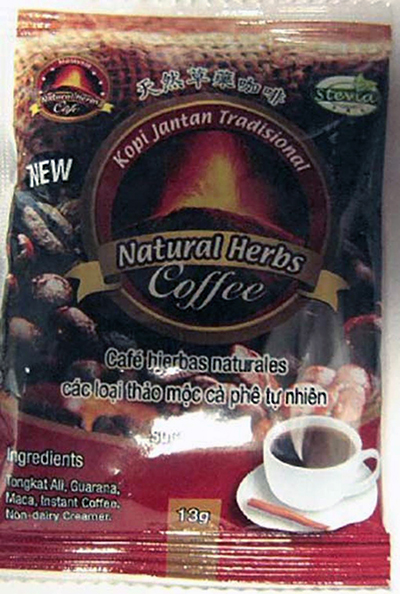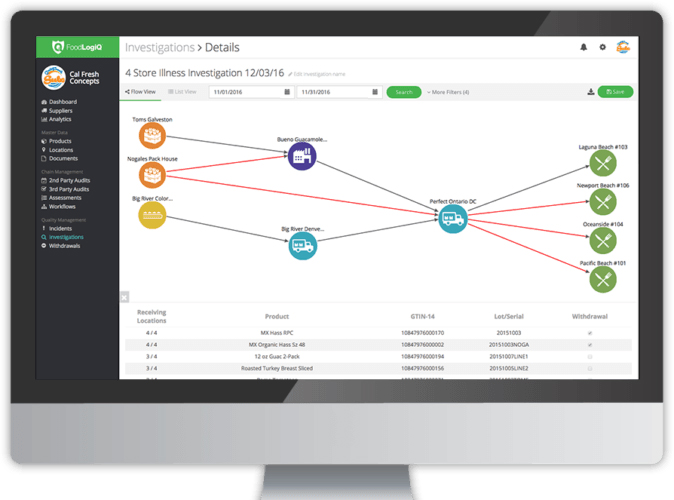As the use of technology in manufacturing and quality continues to expand, there are many opportunities to help food companies streamline operations and enhance efficiencies. During a brief chat with Food Safety Tech, Melody Ge, head of compliance at Corvium, Inc. talks about the benefits of using technology in manufacturing and why some companies may be hesitant to take the leap.
Food Safety Tech: Your recent Food Safety Tech article, “Changes in the Food Safety Industry: Face Them or Ignore Them”, highlighted the role of technology in improving efficiency. What are the top areas in which companies are challenged to streamline processes?

Melody Ge: When talking about a company’s production process, the challenge usually comes from where to start. A company may have difficulty figuring out which areas in the processing line can either be automated or how they can use technology as an advantage.
The challenge could also come from the fact that only parts of the process can be automated with the current technology. For example, with hazard analysis or risk assessment—those processes still need the human brain. So within a process, part of it can be automated, and part of it can’t—that could be another challenge.
FST: What technologies can food companies use to better help them manage risk in manufacturing?
Ge: It depends on what’s out there and what products a company is producing. From a manufacturing perspective, they can use supply chain management software or document management software to help them manage their approved supplier program. Using technology can make it easier and more efficient for companies to manage the risks from incoming goods and suppliers as it centralizes their documentation to make it easy to access.
Technology also helps companies use online software to centralize training documents on one corporate site and deploy it to all employees at different levels.
And from a HACCP and Preventive Controls perspective, companies can use digital technology to document temperature, pH Value, humidity, pathogen testing results, etc.—all the types of data that help execute a HACCP plan can be automated and help manage risk. After all the information is centralized and digitalized, you can see the data and easily translate that to help manage risk.
FST: What are the current technology adoption hurdles, and how are you helping companies understand the value of technology versus a paper-based system?
Ge: I think some hurdles come from fear: What’s going to happen as a result of technology is unknown, and especially at this stage, how FDA will respond is unknown. FDA already announced that this smarter food safety era is coming, but no one knows whether there will be new requirements as a result. Will requirements change because manufacturers are using new technology? Those unknowns make manufacturers fearful about what’s going to happen.
Another fear factor is job loss. For example, if processes are automated, or AI is used to capture data, or record keeping is automated, then what am I going to do? Does the company still need me as a QA professional or supervisor? I think those can stand in the way of making changes. However, [companies or employees] shouldn’t think that way. Technology is not replacing QA professionals, but [rather it] helps them do higher-level jobs. For example, in the time saved by technology, QA professionals can read and digest the data results, and study the trends and recommend best practices to continuously improve their food safety management system. It makes their time more valuable to the company.
Another hurdle is understanding which steps in processes can be automated. There are so many technologies out there that have pros and cons, and whether it will fit with the manufacturer or the facility—there’s an overwhelming amount of information, and the QA technician needs time to digest and understand the process at the facility as well as the technology out there to then select the most suitable technology for a process.
As far as helping companies understand the ROI of technology, there are four areas where I think technology can add value:
- It provides increased efficiencies and accuracy of daily operations and data collection. It reduces human error. Let the technology help the food safety professionals document daily operational data.
- It streamlines the food safety management system for continuous improvement. Because technology helps the food safety professional do the job of daily data collection, the time saved can be used wisely to study the data and outcomes, and truly understand how they can bring their food safety management system to another level.
- It centralizes all the documents and records for management. Using technology, the food safety professional can see their SOPs, records and any related documents in one place. They don’t have to physically go to several places to see what’s happening operationally. This can also help increase efficiency during the audit process.
- Centralized data helps the food safety professional more easily see where the deficiencies are located.
Ultimately, the ROI is that advanced technology can help the food safety professional increase operational efficiency, reduce product waste and production downtime.
FST: Any additional comments about the role of technology in food manufacturing?
Ge: In echoing on FDA’s announcement, although the smarter food safety era comes with using advanced technology, the mentality has not changed as all—it’s always FSMA based and people led. We need people to use the technology, and that foundation isn’t changing. We are protecting our consumers from any potential food safety risk. We’re just using a more efficient way to help all of us achieve this goal. I believe in the future, all food facilities will use at least one technology out there to help them automate one or more processing steps. And if you start with one step at a time, it will generally take over the entire production process.
Visit Corvium at next week’s Food Safety Supply Chain Conference at USP in Rockville, MD. Unable to travel? Attend the program virtually!






















